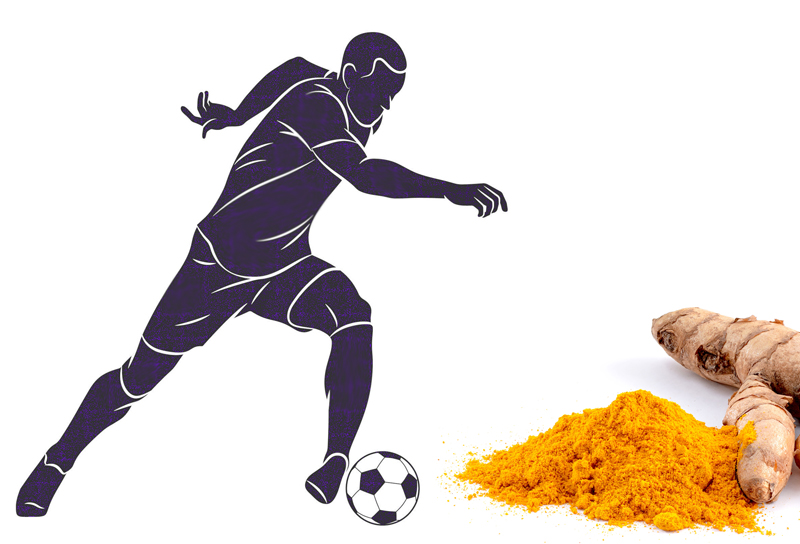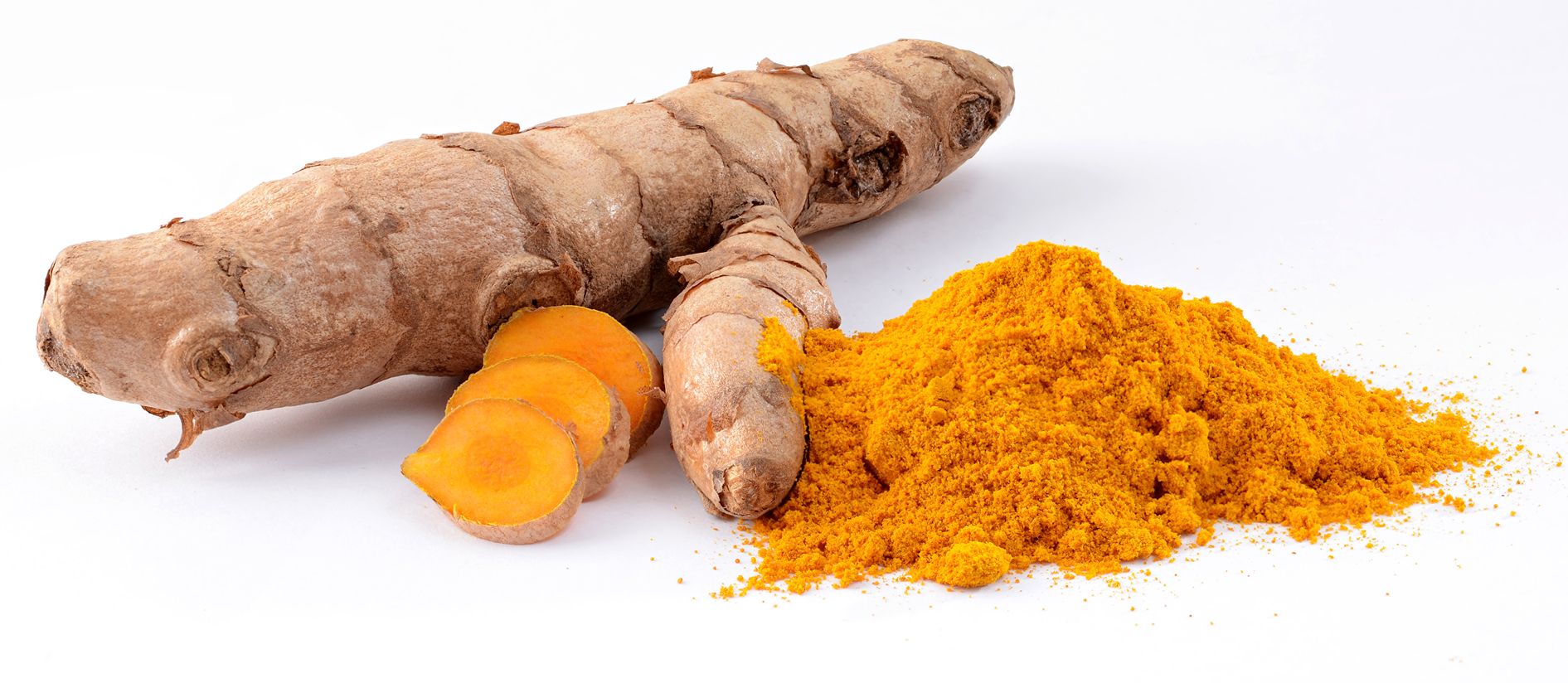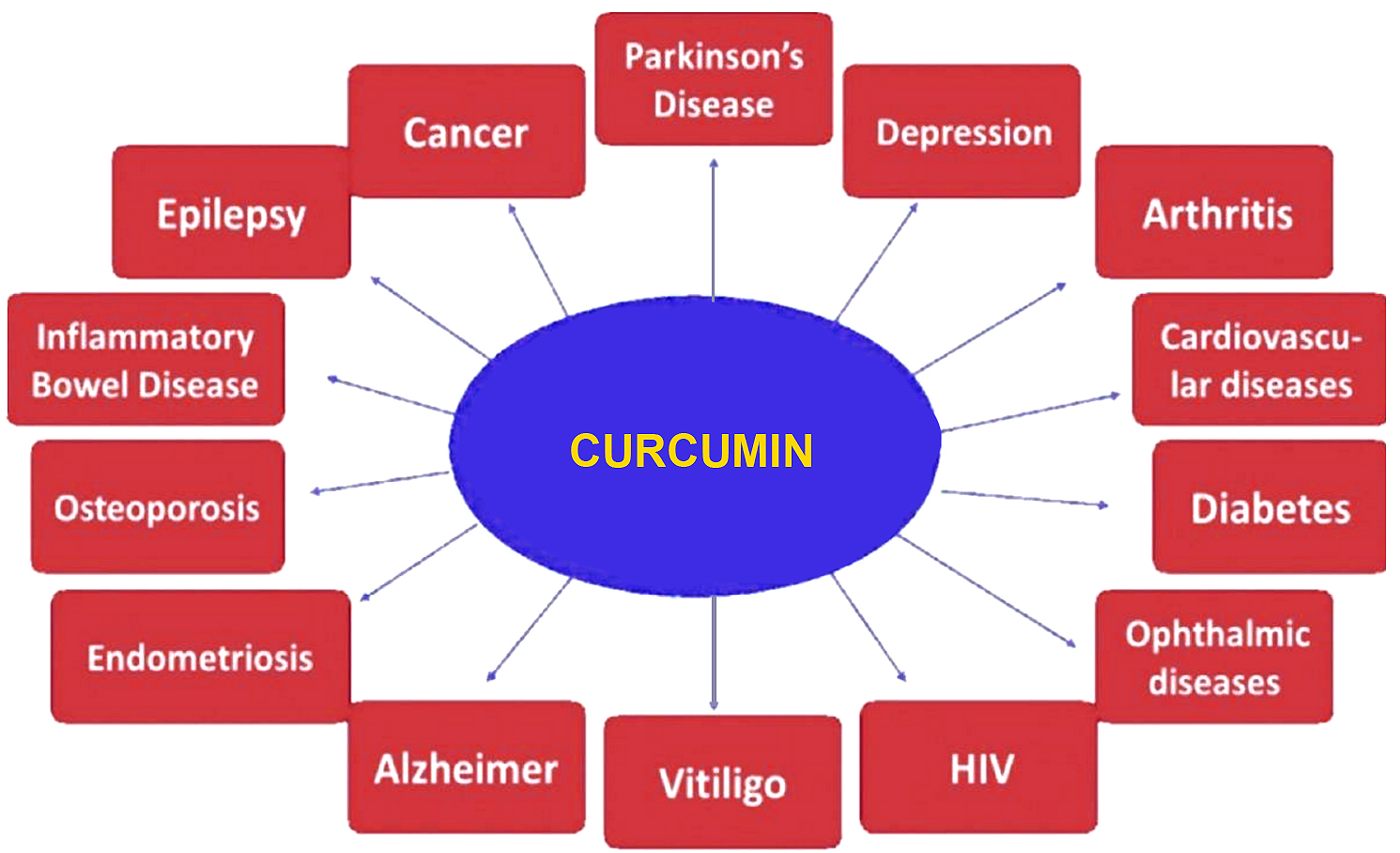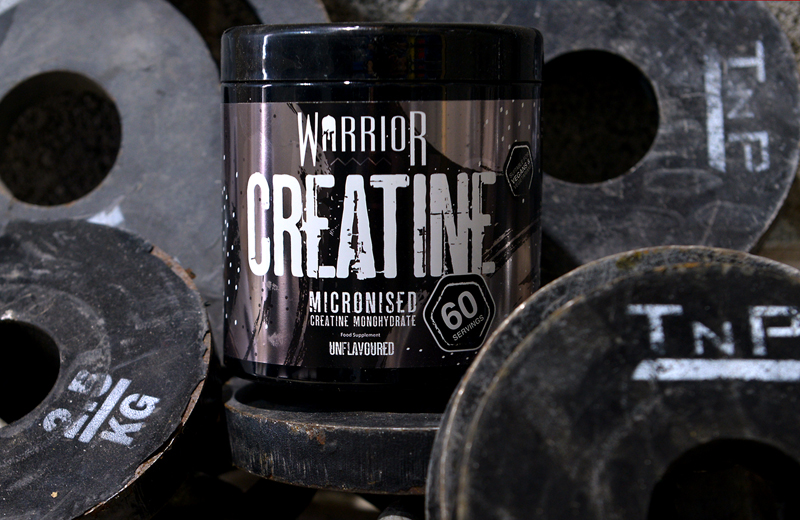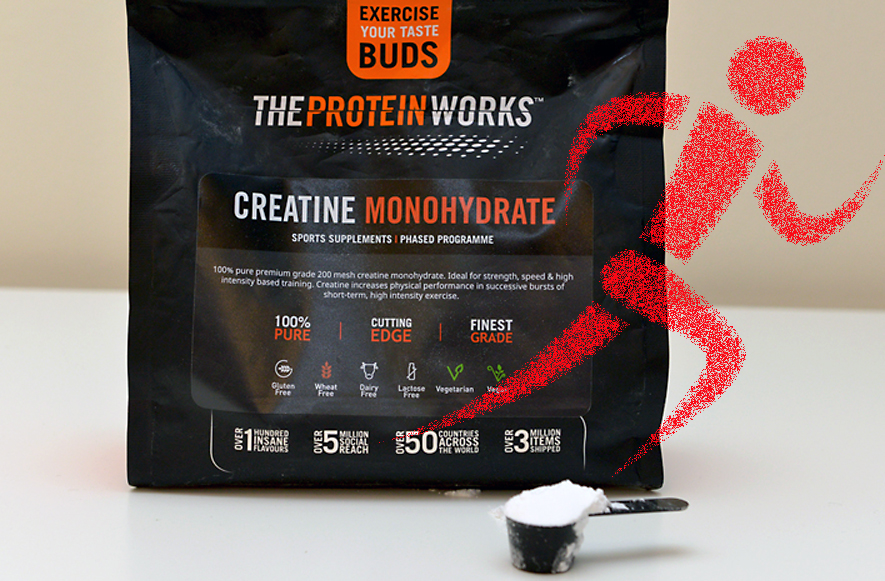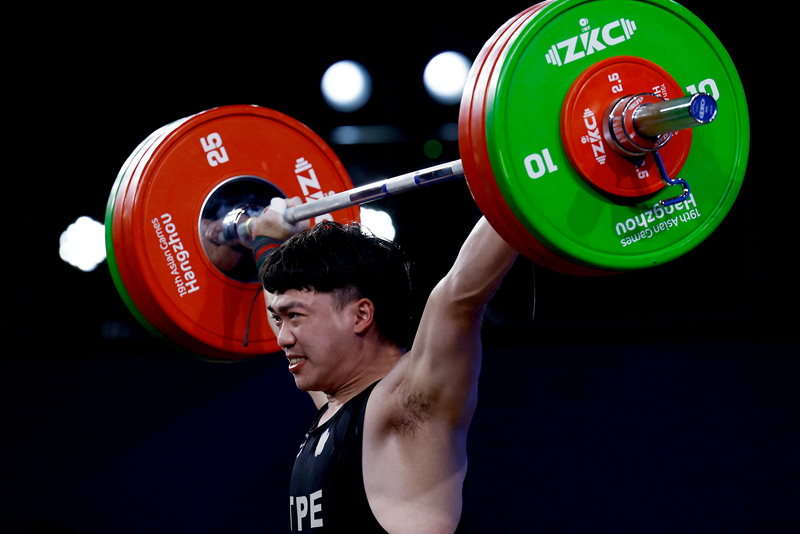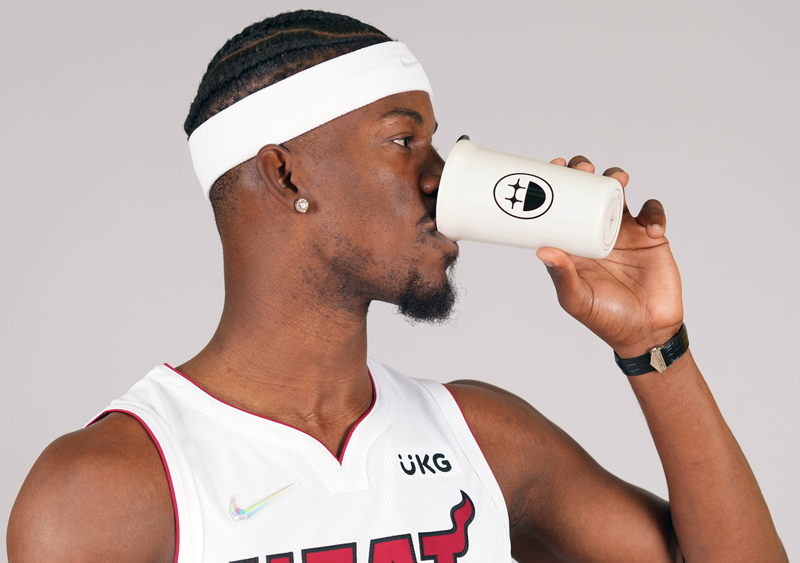You are viewing 1 of your 1 free articles. For unlimited access take a risk-free trial
Post-exercise turmeric: a fast-track route for match recovery?
Most athletes associate the spice turmeric with exotic cuisine from the East. However, its active ingredient curcumin may have a lot more to offer those seeking faster recovery!
Rapid recovery is an integral and essential part of any training program. All other things being equal, an athlete who recovers faster will be able to train more frequently and harder than an athlete with slower recovery, which in turn will result in greater fitness gains and better performance.
As all athletes know (or should know!), enhancing recovery from training or racing sessions entails ensuring adequate rest and nutritional replenishment, including fluid for rehydration, carbohydrate for restoring muscle glycogen, and protein for the repair and regeneration of damaged muscle tissue. However, more recent research suggests that some naturally occurring antioxidant compounds found in certain plants may also have much to offer.
Muscle damage and recovery
Assuming nutrition is optimized and muscles are refueled, why do muscle structures themselves require a recovery period following hard or long bouts of exercise? The reason is that muscle fibers are not perfectly resilient, so when placed under load, some damage to the muscle fibers can and does occur. In addition, muscle tissues also experience a degree of ‘oxidative damage’, where energetic by products of oxygen metabolism interact and damage muscle cells(1). This oxidative damage however is part and parcel of normal metabolism, and may even help to stimulate training adaptation(2).
However, this damage can be seen as a normal and healthy response to training; during the recovery period after training, any damaged tissue is broken down and removed, then replaced with new and healthy tissue. This post-exercise muscle damage is now widely understood to be the main cause of the muscle soreness that occurs after particularly strenuous workouts, or those containing unfamiliar movement patterns(3).
Signs and symptoms of exercise-induced muscle damage (EIMD) generally appear shortly after exercise (within 24-36 hours) and often persist for several days, sometimes as long as up to 14 days after exercising(4,5). This is a real hurdle for athlete recovery because EIMD has a direct impact on athletes’ functional and exercise capacity. In addition to the muscle soreness, athletes typically experience a disturbed sense of force production and limb position, decreased pressure pain threshold (PPT) and elevated levels of muscle enzymes associated with micro damage and inflammation (such as creatine kinase, C-reactive protein, lactate dehydrogenase and myoglobin(6).
Combating muscle damage
As stated above, the focus of many sports nutrition strategies is to maximize the recovery from each exercise bout and prepare for the next exercise burst. Because muscle damage occurs partly as a result of oxidative damage, numerous nutrients and functional foods have been examined for their potential to decrease oxidative stress and therefore EIMD. In particular, naturally-occurring antioxidant phytochemicals (often brightly colored compounds found in plants such as polyphenols) have attracted the interest of scientists. This is because these types of compounds possess powerful antioxidant and anti-inflammatory properties, and may therefore reduce the impact of oxidative stress and inflammation markers, thereby lower the amount of EIMD following exercise, and enabling an earlier return to normal levels of muscle strength and force production in athletes(7).
A spicy approach
One of the potential anti-inflammatory, joint-health agents currently under intense scientific scrutiny is turmeric – or more specifically curcumin. Curcumin is derived from turmeric, which is a popular spice used in India, South Asia, and Japan. Turmeric is the ground root and root system of the plant Curcuma longa (see figure 1), and in traditional Indian medicine, turmeric is used to treat digestive disorders, wounds, and rheumatic diseases. Besides other macro and micronutrients, the extract of turmeric contains 77% curcumin, 17% demethoxycurcumin, and 3% bisdemethoxycurcumin, collectively named curcuminoids, which render turmeric its distinct orangey-yellowish hue (Figure 1). Curcumin is both a powerful anti-inflammatory and antioxidant, and such is the potency of this compound that isolated curcumin extract has anti-inflammatory properties similar to that of non-steroidal anti-inflammatories such as Ibuprofen and aspirin(8).
Figure 1: Cumcuma longa root
Indeed, thanks to curcumin’s different pharmacological actions and powerful antioxidant and anti-inflammatory activity, scientists are currently investigating its potential to treat and prevent a wide array of degenerative and inflammation-related diseases. This includes several pathologies such as cardiovascular and ophthalmic diseases, diabetes, depression, HIV, vitiligo, Alzheimer’s disease, endometriosis, osteoporosis, inflammatory bowel disease, epilepsy, Parkinson’s disease, and even cancer (see figure 2)(9-20).
Figure 2: Diseases and medical conditions where curcumin may be of therapeutic value
Related Files
Curcumin, muscle soreness and recovery
Part of the muscle recovery process following exercise involves repairing muscle fiber damage and reducing the inflammation that accompanies this damage. A question therefore is whether the consumption of damage and inflammation-fighting curcumin compounds can help accelerate the recovery process and restore muscle function more rapidly? Intuitively, you might think that this is indeed the case.
However, tart cherry juice also contains powerful antioxidant and anti-inflammatory compounds, and is known the reduce post exercise muscle soreness(21). But a recent study on soccer players showed that cherry juice consumption before and after matches made no difference in recovery when judged in terms of performance (jump height and strength)(22).
Moreover, a large systematic review study on antioxidant supplementation in general and muscle soreness recovery looked at 50 studies on this topic(23). It concluded that high-dose antioxidant supplementation did not result in a significant reduction of muscle soreness after exercise at up to 6 hours or at 24, 48, 72 and 96 hours after exercise, and also that there was little evidence antioxidant improved recovery.
But the curcumin compounds in turmeric are not the same as the polyphenols found in tart cherry juice, and the evidence for the anti-inflammatory effects of curcumin is very robust indeed. For example, one review study investigated whether supplementation with turmeric or curcumin extract can help reduce pain and improve physical function in individuals with chronic and painful knee osteoarthritis(24). The researchers also compared the therapeutic response (pain and knee function) of turmeric with non-steroidal anti-inflammatory drugs. The key finding was that all ten studies reviewed showed significant improvements in pain and function with turmeric therapy. In the three studies comparing turmeric to NSAIDs, there were no differences in outcome scores - in other words, the turmeric therapy was just as effective as the use of NSAIDs such as Ibuprofen!
New research
To try and provide a clearer picture, a new study by British scientists has investigated the effects of curcumin supplementation on the subjective recovery and performance parameters professional soccer players(25). Published, in the International Journal of Sports Physiology and Performance, this study was designed as a double-blind, randomized, placebo-controlled, crossover trial (the most scientifically rigorous type of scientific study) and studied 11 players from the under-23 team of an English Premier League club. All the players conducted two trials:
· Immediately after a 90-minute match, then again 12 hours and 36 later, 500mgs of curcumin extract was consumed.
· On another occasion where a 90-minute match was played, the same pattern of supplementation (immediately after, 12 hours and 36 later) was followed, but this time using an inert placebo was taken.
To determine what effect the curcumin had (or didn’t have), the players underwent assessment before each match, and then again immediately after the match and at 12 and 36 hours afterwards. These assessments included:
· Countermovement jump height performance.
· Reactive strength (a measure of how high an athlete jumps after landing compared to the ground contact time – a good measure of the dynamic strength required in a sports setting).
· The degree of delayed-onset muscle soreness (DOMS).
· Subjective recovery (how recovered the soccer players felt in themselves).
In addition, to these measures, player tracking using GPS devices was used in both matches to ensure total loads were similar and dietary intake was also recorded across the testing period (again to ensure that there were no significant differences pre and post matches.
What they found
Once it was confirmed that the loadings in the two matches and the dietary intakes before and after were not significantly different, the assessment results were analyzed. The key finding to emerge was that, compared to placebo, when curcumin was taken, the expected decline in jump height and reactive strength following a 90-minute match were very significantly reduced at all the time points after the match. In addition, DOMS was significantly reduced at all time points too. Overall, the researchers concluded that in elite soccer players performing at a high level, curcumin supplementation reduces muscle function deficits and muscle soreness, and therefore aids recovery in professional players.
Implications for athletes
Although there have been a number of studies investigating the effects of antioxidant and phytochemical-rich supplements (eg tart cherry extract, beetroot juice etc) on the recovery of field sport players, this is the first study that has looked at curcumin as a nutritional strategy. While this study was small in size, its rigorous design and highly significant findings provide robust evidence that curcumin may be able to succeed in enhancing recovery where other supplements such as tart cherry juice have failed. Having said that, this is just one study and as always, we would ideally like more studies to confirm these very positive findings.
While this study looked at elite soccer players, there’s no reason to believe that the positive effects of curcumin on recovery shouldn’t equally apply to other team sport athletes such as rugby, basketball, football, baseball, hockey etc players. In terms of practical application, the potential benefits of curcumin supplementation in terms of physical performance are most apparent within the first 12-24 hours of recovery after a match. This suggests that curcumin is most likely to benefit players during periods of fixture congestion or knockout tournaments, when matches often have to be played with minimal recovery time.
If you’re a team sport player (or any other kind of athlete for that matter), should you consider using curcumin as a recovery supplement? As mentioned above, we would ideally like to see more data from other studies on curcumin and recovery. In its favor however, curcumin is a very cheap and readily available supplement. On top of that, there are no known health drawbacks of consuming it on a regular basis. Indeed, the reality is quite the opposite as dozens and dozens of studies have demonstrated the numerous health benefits of curcumin. On the current evidence therefore, it seems that athletes have much to gain and little to lose by spicing up their recovery with curcumin!
References
1. Nutr Hosp. 2014 Oct 5;31(1):32-45
2. Curr Pharm Des. 2019;25(16):1889-1912
3. Front Physiol. 2018 Apr 26;9:403. doi: 10.3389/fphys.2018.00403. eCollection 2018
4. Sport. Med.—Open. 2019 5 doi: 10.1186/s40798-018-0176-6
5. Eur. J. Sport Sci. 2018;19:71–85
6. Dyn. Med. 2009;8:1. doi: 10.1186/1476-5918-8-1
7. Sports Med. 2017;47:1589–1599
8. Crit Rev Food Sci Nutr 2017;57:2889–95
9. Iran J Pharm Res. 2015;14:479–86
10. Pharmacogn Rev. 2010;4:27–31
11. Sci Rep. 2016;6:27539
12. Planta Med. 2014;80:249–54
13. Rev Bras Farmacognosia. 2015;25:53–60
14. Curr Top Med Chem. 2017;17:148–61
15. Eur J Pharmacol. 2016;784:192–8
16. Iran J Reprod Med. 2013;11:415–22
17. Neurochem Int. 2015;89:40–50
18. Nutrients. 2016 8. pii: E334
19. Int J Mol Med. 2016;37:329–38
20. Neurochem Res. 2016;41:3113–28
21. Nutrients. 2016 Jul 22;8(7):441. doi: 10.3390/nu8070441
22. Int J Sports Physiol Perform. 2020 Feb 1;15(2):249-254
23. Cochrane Database Syst Rev. 2017 Dec 14;12(12):CD009789
24. BMJ Open Sport & Exercise Medicine 2021;7:e000935
25. Int J Sports Physiol Perform. 2023 Jan 1;1-7. doi: 10.1123/ijspp.2022-0283. Online ahead of print
Newsletter Sign Up
Testimonials
Dr. Alexandra Fandetti-Robin, Back & Body Chiropractic
Elspeth Cowell MSCh DpodM SRCh HCPC reg
William Hunter, Nuffield Health
Newsletter Sign Up
Coaches Testimonials
Dr. Alexandra Fandetti-Robin, Back & Body Chiropractic
Elspeth Cowell MSCh DpodM SRCh HCPC reg
William Hunter, Nuffield Health
Keep up with latest sports science research and apply it to maximize performance
Today you have the chance to join a group of athletes, and sports coaches/trainers who all have something special in common...
They use the latest research to improve performance for themselves and their clients - both athletes and sports teams - with help from global specialists in the fields of sports science, sports medicine and sports psychology.
They do this by reading Sports Performance Bulletin, an easy-to-digest but serious-minded journal dedicated to high performance sports. SPB offers a wealth of information and insight into the latest research, in an easily-accessible and understood format, along with a wealth of practical recommendations.
*includes 3 coaching manuals
Get Inspired
All the latest techniques and approaches
Sports Performance Bulletin helps dedicated endurance athletes improve their performance. Sense-checking the latest sports science research, and sourcing evidence and case studies to support findings, Sports Performance Bulletin turns proven insights into easily digestible practical advice. Supporting athletes, coaches and professionals who wish to ensure their guidance and programmes are kept right up to date and based on credible science.
